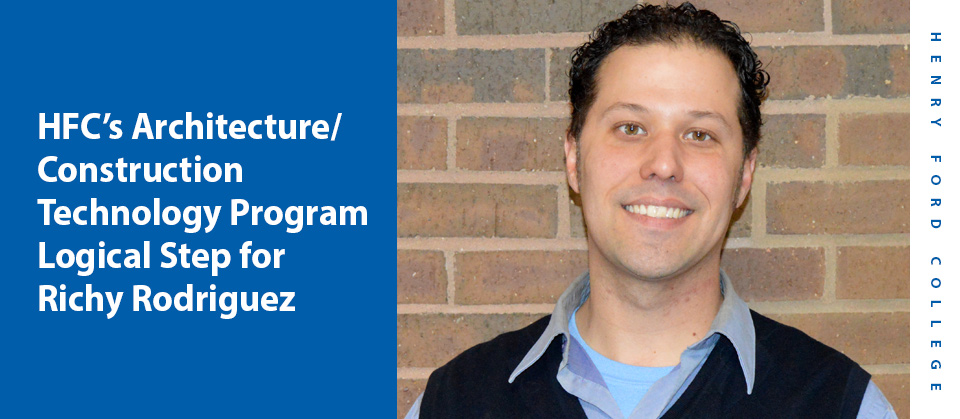 Construction industry needs new, skilled workers
Construction industry needs new, skilled workers
Even after taking a hit in the 2008 financial meltdown, construction remains a prime driver of the American economy. The sector has been pegging steadily upward over the past five years and is projected to gather steam in the coming decade.
One hitch? Many skilled tradesmen left the construction industry never to return after the downturn and the industry can barely keep up with demand for lack of skilled new workers. Most in demand are carpenters, electricians and project managers – all trades with good pay and an education of two years or less followed by an apprenticeship on the job.
A 2015 survey of the Associated General Contractors of America (AGCA), a construction trade group, found that nearly nine in 10 building companies struggled to fill open positions. Furthermore, a quarter of all companies had to turn down work because they lacked the necessary labor on hand.
The manpower shortage is so acute that more than half of AGCA builders reported increasing wages to attract applicants. The median age of construction workers is 42, higher than the national median. That means that by 2025, much of the current workforce will retire.
The industry news-site Construction Dive characterizes this as a “chronic labor shortage,” and the AGCA has called for the development of a “pipeline of new workers” from technical programs. This means that for students who take up construction trades, solid career prospects await.
More than muscle
Construction is a lot more than hammers and nails – it is a field where creativity, communication and problem-solving skills are in high demand. A carpenter may enter the field toting a toolbox and advance into an administrative role overseeing projects and working with architects, estimators, lawyers and customers.
Beyond the physical strength and endurance required in construction, workers who possess business skills, knowledge of math and a detail-oriented nature excel in the trade.
Other high-demand areas of specialization include electrical and plumbing. Virtually every modern building has electrical power, communications systems, plumbing and gas pipelines. The installation and maintenance of these systems require skilled technicians.
Technology applied
Building techniques have changed enormously over the past few decades with new technologies introduced all the time.
Pre-fabricated building: One construction method called “off-site” or “pre-fab” has introduced efficiencies into building – especially on large-scale projects – by assembling large parts of buildings ahead of time and assembling them on-site.
Building Information Modeling (BIM) is another change in the industry. BIM is the use of digital models in construction, a technology that has increased accuracy and saves time in the documentation of a project. Digital technology has increased collaboration among the different crews across a work-site.
Emerging tech: Tomorrow’s construction industry may employ 3-D printing technology to create exact three-dimensional models of real-world job sites, which would interact with BIM digital blueprints. Construction crews can also expect to manage robots that perform labor like bricklaying.
Green technology: Commercial construction has led the way in adopting green energy and building practices. Now these techniques are being deployed in residential construction.
The trend is taking off in new home-building, as well as in the remodeling market. Speaking at the Greenbuild 2015 Convention in Washington, D.C., industry expert Donna Laquidara-Carr of Dodge Data & Analytics, LLC predicted that as young families buy homes, green would go mainstream.
“The builder and remodeler commitment to green homes continues to grow, and consumer expectations about green homes are transforming the marketplace. Clearly, thinking green is the direction to go,” said Laquidara-Carr.
– Naomi Sheehan
 HFC’s Architecture/Construction Technology Program Logical Step for Richy Rodriguez
HFC’s Architecture/Construction Technology Program Logical Step for Richy Rodriguez
An alumnus of Dearborn’s Edsel Ford High School and Ferndale’s Joint Apprentice Training Center (JATC) where he was certified as a journeyman carpenter, Richy Rodriguez felt HFC’s Architecture/Construction Technology (ACT) program was the next logical step in his career.
“I thought it was just a good path to follow. I’ve been on the building side of things – I know how a building comes together and I wanted to learn about the other end. I’ve worked on change-orders with architects and know what looks good on paper won’t necessarily work in the field. Having a building background and transitioning into architecture has been a good fit for me,” said Rodriguez, of Dearborn.
Currently, he works as an assistant project manager for the Detroit office of Homrich, a demolition company based in Carlton, Mich. Prior to joining Homrich in late 2015, he worked as a construction inspector for the City of Detroit. He spent more than a decade working as a carpenter. He credits HFC’s ACT program for his last two jobs.
“The ACT program was very knowledgeable – not just from an architectural standpoint – but it gives you a base to start with any architecture firm in terms of what’s expected of entry-level employees. The teachers were great. They were willing to help out and were very knowledgeable about what the industry as a whole demands – from the idea of a building to the finished product of a building,” said Rodriguez.
He has high praise in particular for HFC ACT Lead Instructor Chad Richert.
“Chad’s great. He’s a fun guy to learn from. He always reached out and made sure we get the most out of the program. His door was always open. He had the book knowledge but also had the practical experience; he could teach you things you couldn’t learn in a book. He’s a good mentor,” said Rodriguez.
Rodriguez is slated to graduate from HFC in late 2016. From there, he plans to pursue an undergraduate degree in Civil Engineering from the University of Michigan (U-M).
“I really enjoy what I’m doing now,” said Rodriguez. “I get to see a lot of Detroit. I get to see a lot of positive change and growth in the city’s rebirth,” he added.
– Kurt Anthony Krug

